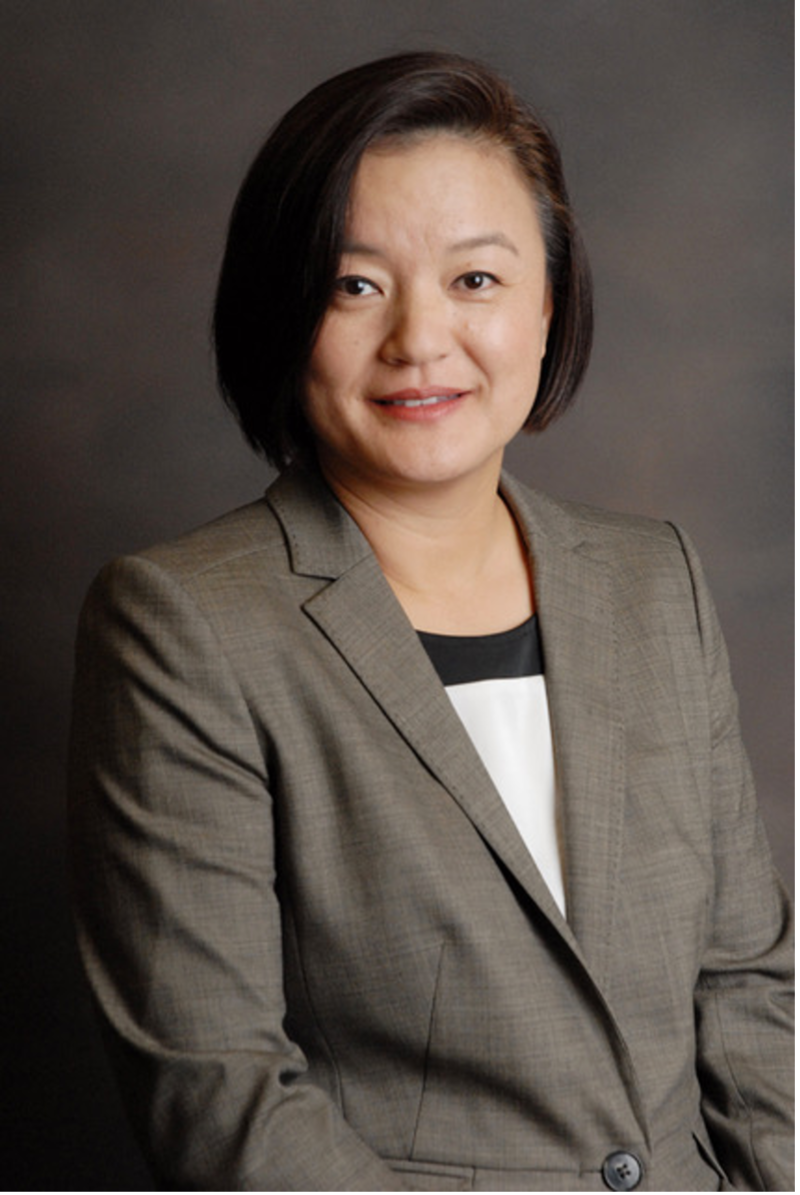UMMG, Meijer Partnership Improves Hypertension Care
Community model for hypertension management drives increased access, better outcomes for patients.
When the University of Michigan Medical Group (UMMG) set out to expand its clinical pharmacist services to patients in the community pharmacy setting and improve hypertension, health system executives didn’t anticipate the overwhelmingly positive response the program would receive.
“Pharmacists are embedded in all of our primary care clinics and they help patients improve diabetes control and getting their blood pressure under control,” explained Hae Mi Choe, PharmD, chief quality officer and director of pharmacy innovations and partnerships for the UMMG and associate dean and clinical pharmacy professor at the University of Michigan College of Pharmacy in Ann Arbor, Michigan. “We thought that, if we could create a model out in the community, it would improve access for patients to get their hypertension under control.”
Hae Mi Choe, PharmD, chief quality officer and director of pharmacy innovations and partnerships for the UMMG and associate dean and clinical pharmacy professor at the University of Michigan College of Pharmacy

So UMMG partnered with 4 Meijer pharmacies in the area and allowed access to patients’ electronic medical records (EMRs). After the initial visit at their primary care clinic, patients scheduled a follow-up appointment to get their blood pressure checked at one of the Meijer pharmacies.
UMMG staff trained Meijer pharmacists on how to properly document within the health system EMR and look up patients’ labs, physicians’ notes, and other items.
Meijer pharmacists were also trained to make therapeutic recommendations to providers, Choe said. “Since hypertension management is not part of their daily work, we need to train them clinically to make sure that they appropriately manage and make recommendations to providers.”
Additionally, the community pharmacists counseled patients on hypertension, lifestyle management, and medication adherence.
The results are impressive. Patients who received care at community pharmacies had a higher rate of blood pressure control at 3 months than matched controls (61.8% versus 47.7%), Choe and colleagues reported in a study published in the Journal of the American College of Clinical Pharmacy.1
Community pharmacists made a total of 29 medication recommendations, 26 of which were accepted patients’ primary care providers over 6 months. Most importantly, nearly 95% of patients rated the care they received as “excellent” or “very good” and more than 95% stated that they would recommend the pharmacist at the Meijer pharmacy to their family and friends, according to the results.
“This partnership has led to more patients achieving controlled blood pressure and shows how large health systems are adapting to enhance care and meet patient needs,” said Jason Beauch, MBA, RPh, vice president pharmacy at Meijer. “The results are further proof of how our pharmacies are perfectly positioned to provide access to preventative and acute care services, which allows patients to better manage their health conditions.”
Choe was thrilled to see “pages” of positive comments from participating patients. “Patients didn’t know community pharmacists were working this closely in partnership with their primary care provider and they liked the fact they could go to their local community pharmacy,” she said.
In addition, the joint program allows pharmacists to “really practice at the top of their license and what they are trained to do,” Choe said.
Under a grant-funded project, UMMG and Meijer are expanding the model to a rural community in Michigan this year. They will expand the model to a second rural Michigan community next year.
Reference
1. Vordenberg SE, Lindell V, Sheerer K, Settles A, et al. Improving hypertension control through a collaboration between an academic medical center and a chain community pharmacy. J Am Coll Clin Pharm. July 12, 2019. https://doi.org/10.1002/jac5.1158.